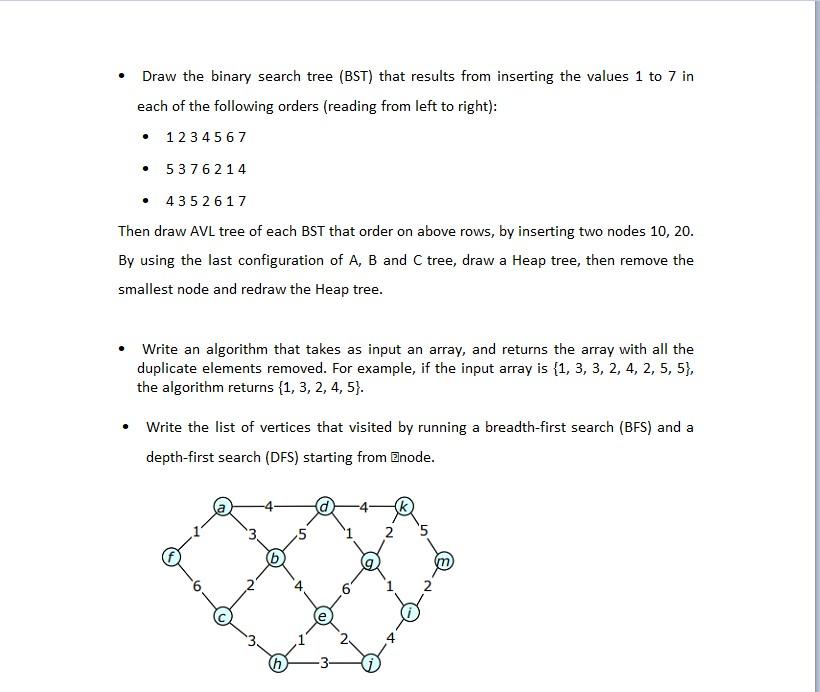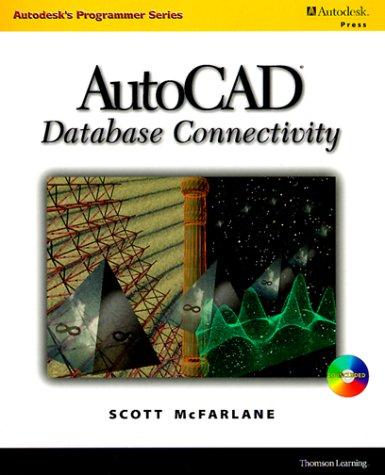Answered step by step
Verified Expert Solution
Question
1 Approved Answer
part 1: part 2: Actually part 1 has answer. No need to answer that part. . Draw the binary search tree (BST) that results from
part 1:
part 2: Actually part 1 has answer. No need to answer that part.
Actually part 1 has answer. No need to answer that part.
Step by Step Solution
There are 3 Steps involved in it
Step: 1

Get Instant Access to Expert-Tailored Solutions
See step-by-step solutions with expert insights and AI powered tools for academic success
Step: 2

Step: 3

Ace Your Homework with AI
Get the answers you need in no time with our AI-driven, step-by-step assistance
Get Started


